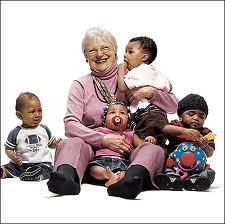How mobile phones bring good things to life (and health)
This is reposted from HEALTHpopuli, the blog of Jane Sarasohn-Kahn, a health economist and management consultant. Her company, THINK-Health is a strategic health consultancy that serves clients at the intersection of health and technology in the U.S. and Europe.
…and I’m not talking about [youtube=http://www.youtube.com/watch?v=w3PXucLotXk] here (or [youtube=http://www.youtube.com/watch?v=oAjIy3uPmv4]).
Most people (75%) still view phone calls as the communication mode that best bolsters their relationships compared with texting (66%), picture messaging (35%), sharing on social networks (31%), emailing (25%), , and video chatting (9%). U.S. Cellular, the mobile phone company, surveyed 527 customers in April 2013 to learn about how wireless communication can bring “Better Moments” to peoples’ lives. In particular, people say that mobile phones help them:





